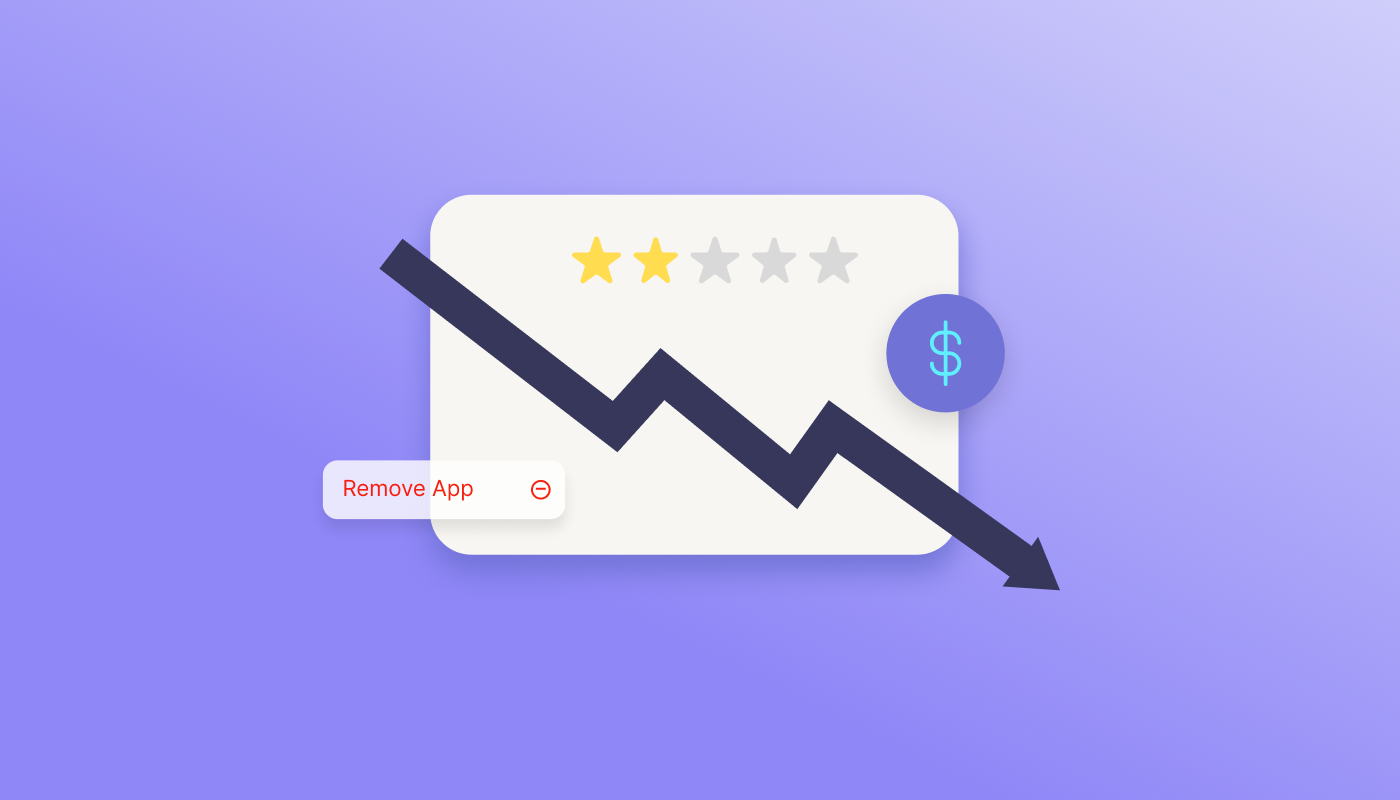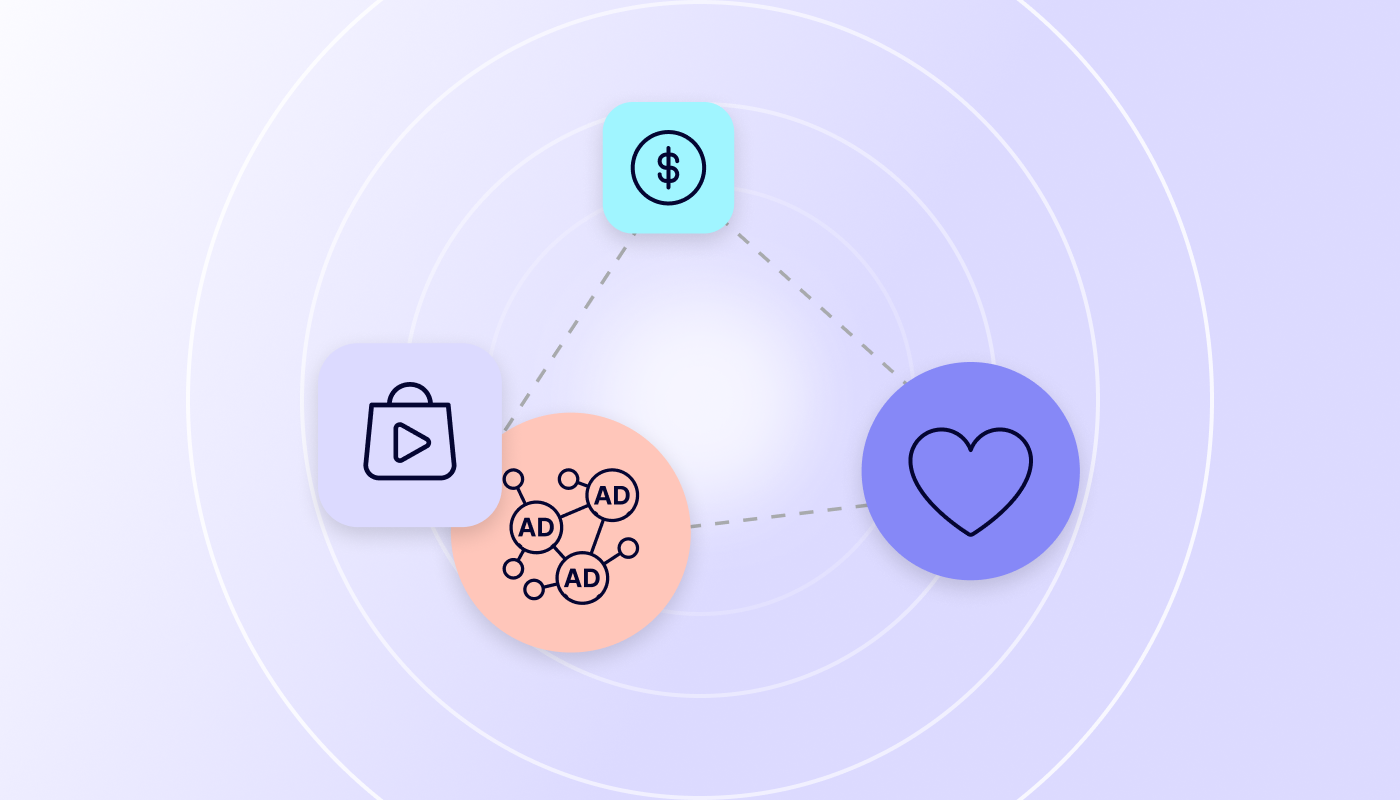Over the past few years, the ad tech space has focused intently on contextual targeting. Given the emphasis the digital advertising industry has placed on audience-based targeting for the past decade, many marketers ask: why the huge push toward contextual now? And what does it mean for my business?
Many of the assumptions underpinning the rise of audience-based and behavioral targeting have fundamentally changed. Businesses have been dealing with the loss of various audience identifiers and it’s affecting how they communicate with customers and prospects. Contextual targeting solves those challenges today, empowering marketers and publishers to move forward confidently.
What is contextual targeting?
Simply put, contextual targeting is ensuring your ad appears on a website whose content is relevant to your advertisement based on keywords, topics, categories, language, and location. Thus, a beauty ad shows up on a lifestyle website.
The advantage of this approach lies in its inherent privacy: instead of showing an ad based on a user’s behavior or demographics, contextual targeting matches the ad with the context of the website the user has visited. It’s a form of precise targeting without requiring user data.
Does contextual targeting in digital marketing lead to engagement?
The best part is consumers love it. In our 2025 In-app User Privacy Report, we asked 4,000 people across the US and UK how they felt about ads and their context and nearly half of respondents said that relevant ads (e.g., a sports ad in a sports app) are the most appealing to them. Even better, 48% of them said they would most likely engage with those ads!
But there’s a flip side: 49% of respondents said that seeing a
contradictory ad placement (e.g., a sports ad in a beauty app) would discourage them from engaging. And 43% reported the mismatch would negatively affect their perception of the brand itself.
How does contextual targeting work?
How is an ad matched to the context of the website?
- In the background, web crawlers scan every URL of a website that shows ads. They categorize website content and the type of placements it can accept.
- When a visitor lands on a webpage, the URL information is sent in the request to the ad server, which looks at the data collected by the crawler (e.g., an article’s tags, content, and category) and matches it with relevant campaigns, topic categories, keywords, and more.
- The publisher’s ad server then takes the visitor’s location and device type and passes it on to ad tech platforms – ad exchanges, supply-side platforms (SSPs), data-management platforms (DMPs), and demand-side platforms (DSPs) – who then send the matching ads out. Because what is contextual targeting without pairing an ad to the context?
Contextual targeting vs. behavioral targeting
Why should you choose contextual targeting vs. behavioral targeting?
Remember how that ad for “cheap tickets to Japan” kept following you around after searching once for “flights to Tokyo?” That’s behavioral targeting. Your online actions are captured and analyzed so ad servers can show you ads based on previous behavior: what you clicked, where you visited, what you read. It’s quite creepy, very intrusive, and the main problem that privacy-first initiatives wanted to solve.
Contextual targeting, on the other hand, is being shown an ad for “cheap tickets to Japan” when visiting a blog about backpacking through Asia. It’s less creepy, safer, reaches the user at the moment they’re indicating intent, and best of all, it’s compliant with privacy regulations.
Is contextual targeting just a fad?
Not at all. In reality, contextual targeting has been around since the start of digital advertising. It’s just that the industry began emphasizing identifier-based / behavioral tactics over contextual ones due to the effectiveness of personalized ads. Now, with the privacy-first movement in full swing, we’re seeing contextual become the top solution for advertisers. In fact, AI and machine learning have already improved contextual marketing multi-fold with better context classification and enriched campaign optimization metrics.
What are the benefits of contextual targeting?
If you’re still asking “How does contextual targeting work for my business?” then you need to understand that it is the go-to solution for staying connected with customers in our post-cookie world. There are several benefits to contextual targeting, including:
Relevancy: By targeting based on context vs. audience, advertisers ensure their message is relevant in the moment it’s delivered.
Privacy: Contextual is always available at scale for targeting — without having to worry about complying with ever-evolving privacy regulations. Because contextual targeting enables users to remain anonymous, it future-proofs a crucial process for marketers.
Recency: Current contextual targeting technology has gotten incredibly good at classifying page content and discerning nuances in tone that are meaningful to advertisers and their brand safety efforts. But most importantly, classification can now happen within seconds of publication versus days or weeks. This is a product of massive advancements in technology in digital advertising, and is a huge leap forward.
ROAS: Recent campaign results from Dataseat (part of Verve) show that contextual targeting achieved better return on ad spend (ROAS) versus targets on iOS and Android, with significant CPI/CPA reductions – across verticals such as retail, fintech, and gaming. It proves that efficiency and scale no longer rely on identity-based targeting.
Can every contextual targeting partner do the same thing?
Contextual capabilities vary significantly from company to company, with one of the biggest differentiators being recency. A lot of the contextual players target content based on pre-identified contextual segments, and this classification kicks in almost 24 hours after the content goes live. That means many campaigns miss out on the most recent content.
Recency has, to date, been an underappreciated but incredibly important part of the contextual targeting equation. That’s because most pages being read at any given moment were published in the past six to 24 hours — meaning they’re the pages most relevant to advertisers, too.
Marketers need to identify partners, like Verve, that can analyze and classify content in real time, as soon as it’s live, allowing brands to target high-propensity users who are browsing the latest content. And it opens up tremendous scale for marketers as well.
How do you measure campaign success using contextual targeting?
Regardless of a marketer’s objectives, contextual targeting offers many ways to measure the success driven by programmatic campaigns.
Top of funnel:
- Viewability: Measure how likely the viewer sees the ad impression. For standard display ads, 50% of the pixels should be viewed for one second to count as an “impression.”
- Brand safety: Ensure your ads don’t appear alongside harmful or offensive content.
- Attention score: Predict how likely an ad can influence a user toward action using time spent on the ad, user interactions, and ad placement.
- Brand interest lift correlated with web visits: Measure the increase in brand interest by running before and after surveys focusing on ad recall, brand awareness, top-of-mind awareness, purchase intent, and brand favorability. Then correlate this with the amount of website traffic during the campaign period.
- Attention metrics correlated with indexes against lift studies: See how your attention metrics fare when measured against current lift studies.
Middle of funnel:
- Brand landing page visits: Measure the number of visits to the landing page due to the campaign.
Bottom of funnel:
- Business outcomes from campaigns: Measure other important business KPIs from the campaign – e.g., conversion rates, CAC, and ROI.
- Sales uplift: How much sales lift did the campaign generate?
Why invest in contextual if my current targeting methodologies work just fine?
Even if your company’s current targeting approach seems to be delivering on campaign goals, adding contextual targeting could improve those results. More importantly, any current targeting methodologies built on audience identifiers are already ineffective. Research has clearly shown that consumers find behavioral targeting to be both degrading and creepy, with 40% of a survey’s respondents saying that these ads are unnerving, and 27% calling them a violation.
Brands that truly want to align with their customers for the future need to be respecting customer expectations right now. Which means future-proofing targeting strategies with partners that can enhance results and achieve KPIs.







